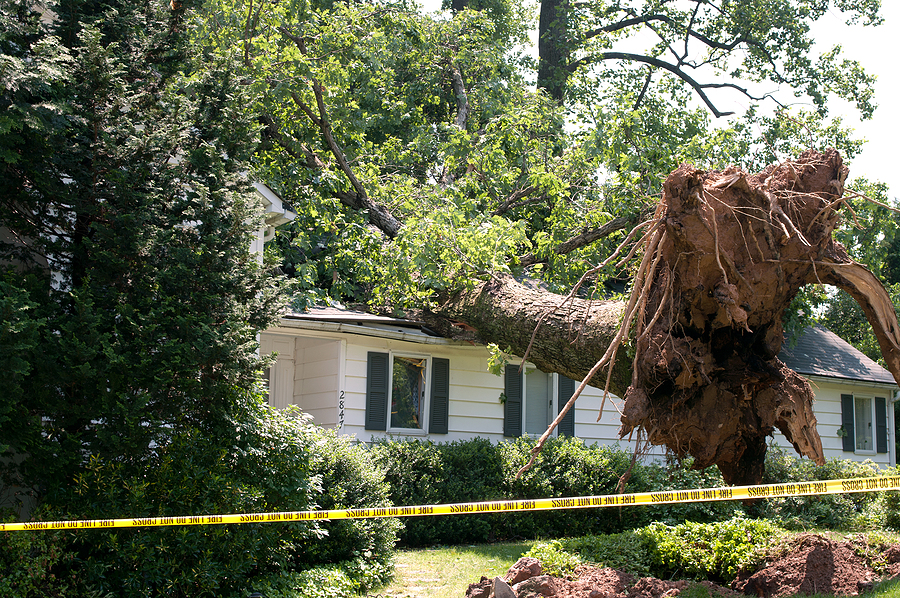In the bucolic tranquility of your backyard, tall trees swaying in the breeze paint a picturesque setting. But what if some of those trees pose a hidden danger? For homeowners, garden enthusiasts, and those with a keen eye on safety, understanding and addressing hazardous trees is not just about landscape aesthetics – it’s a crucial element of responsible property care.
Neglecting a potentially hazardous tree in your yard can lead to a host of issues, from property damage to personal injury, and even legal liabilities. This guide is designed to equip you with the knowledge and resources necessary to manage the health and safety of the trees on your property effectively.

Identifying Tree Hazards
Knowing what to look for is the first line of defense in ensuring the trees on your property don’t become a hazard. Signs of potential danger can be subtle or glaringly obvious and may include dead or hanging branches, power line interference, peeling bark, or a noticeable lean. A basic risk assessment entails observing the physical condition of the tree–are the branches balanced? Is the trunk straight and fully upright? Are there any visible signs of decay, or evidence of recent damage? If the answer to these questions is a cause for concern, it’s time to take action.
The Potential Consequences of Tree Neglect
Ignoring a hazardous tree is a dangerous gamble. In the event of a severe storm or even a moderate gust of wind, a structurally compromised tree could shed heavy limbs or even topple entirely. This can result in damage not only to your property but also to vehicles, utilities, and neighboring structures, not to mention potential injury to anyone in the vicinity. Beyond the immediate risks, homeowners and building owners incur legal liabilities if they are found negligent in maintaining trees that cause harm or damage.
Fallen or Uprooted Trees
The nightmare scenario of a hazardous tree colliding with a home or causing injury may seem remote, but the aftermath of such an event is complicated and potentially devastating. Insurance claims, repair costs, and the emotional toll of the incident can be avoided through simple vigilance and timely action.
Your Role as a Responsible Property Owner
The legal dimension of hazardous trees cannot be overstated. If a tree on your property injures a passerby or damages a neighbor’s fence, you are likely to be held accountable. Being proactive about tree health can shield you from these financial and legal burdens.
Tree Removal and Maintenance Services
Fortunately, the management of hazardous trees is not a solitary task. Professional tree care services specialize in the assessment, maintenance, and when necessary, the removal of hazardous trees. Arborists and tree care professionals are skilled in the art of keeping trees both beautiful and safe. Their services include regular inspection, disease treatment, and the subtle art of strategic pruning to maintain the health and structural integrity of trees.
Selecting the Right Tree Care Expert
When choosing a service provider, ensure they are certified and insured. Evaluate their track record by asking for customer references and checking online reviews. A reputable tree care company will be transparent about costs, timelines, and the recommended scope of work.
Preservation First
In cases where a tree is in need of substantial care, consider alternatives to outright removal. Cable and brace systems, for instance, can be used to extend the life of a tree by mitigating the risk of limb failure in high-wind conditions.
Conclusion
In the serene environment of your backyard, trees stand as silent guardians, contributors to the landscape’s beauty, and vital players in our ecosystem. However, the responsibility of ensuring these natural monuments do not turn into hazards falls on each property owner’s shoulders. Identifying the signs of a dangerous tree early, understanding the legal implications of negligence, and taking proactive steps towards tree health and safety can prevent potential disasters.
By partnering with professional arborists and tree care experts, homeowners can secure not just the well-being of their trees but also the safety and aesthetics of their property. This guide aims to empower homeowners with the knowledge to make informed decisions about tree care, emphasizing that prevention is always better than dealing with the aftermath of a neglectful oversight.
Remember, in the realm of tree health and sustenance, vigilance and timely action are key. Contact Timberland Tree Care at 317-348-0811 for licensed and insured cable installation and bracing tree services in Indianapolis, Indiana. We provide residential and commercial tree care solutions at economical prices.
Related Posts:
5 Essential Safety Tips for Removing Dead Branches From Your Trees
How to Identify a Dead Tree
The Impact of Inclement Weather on Tree Safety and Survival
